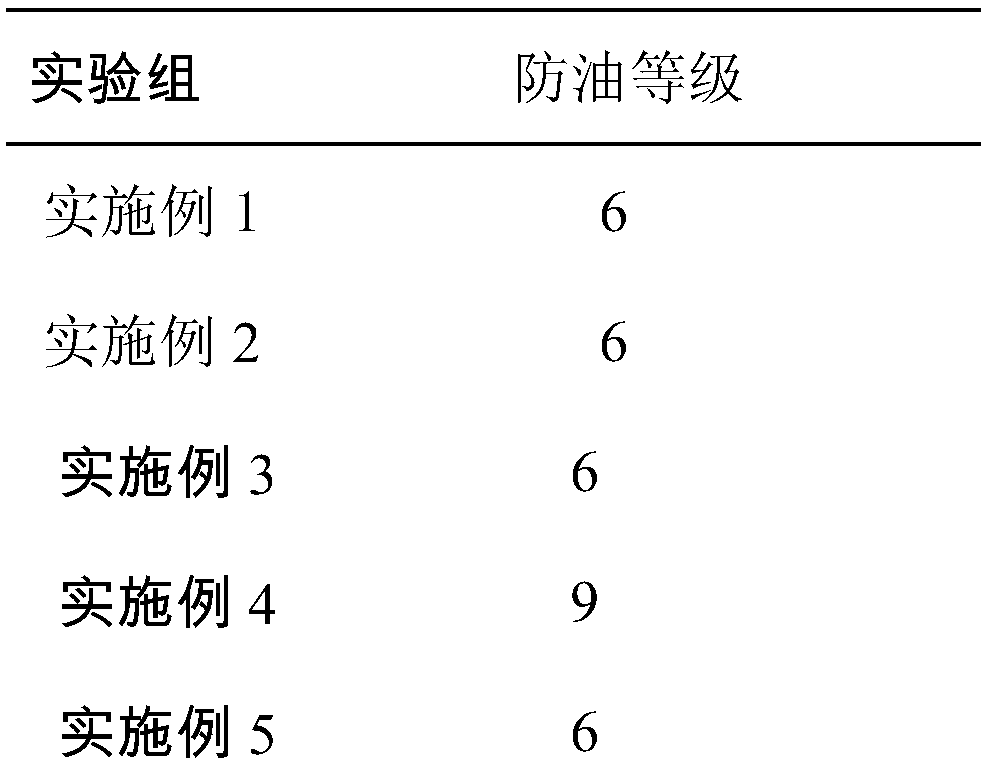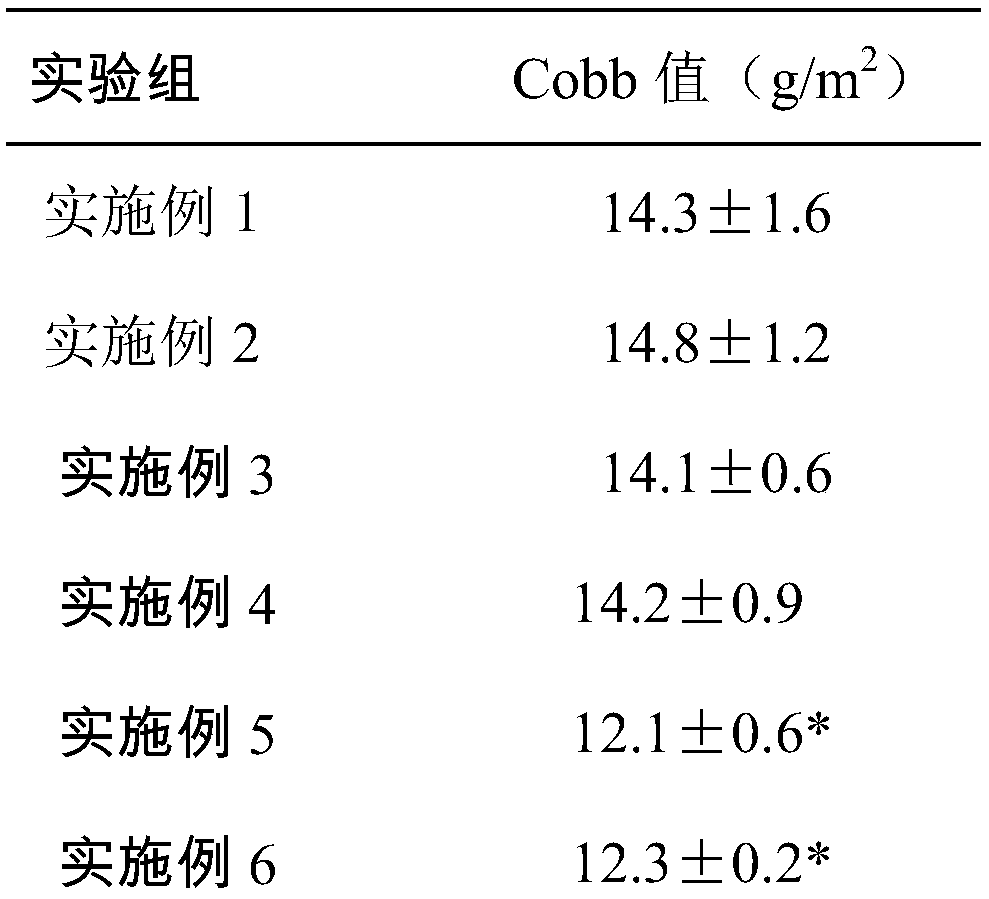Degradable tableware and preparation method thereof
A tableware and plant fiber technology, which is applied in the field of degradable tableware and its preparation, can solve the problems of low waterproof and oil-proof performance, and cannot meet the performance requirements of disposable tableware, and achieve good waterproof and oil-proof performance and excellent compressive strength , the effect of broad market prospects
- Summary
- Abstract
- Description
- Claims
- Application Information
AI Technical Summary
Problems solved by technology
Method used
Image
Examples
Embodiment 1
[0022] A degradable tableware is made of the following raw materials in parts by weight: 250 parts of bagasse pulp, 25 parts of carrageenan, 40 parts of polylactic acid, 22 parts of talcum powder, 25 parts of stearic acid and 5 parts of acrylate.
[0023] The preparation method of the above-mentioned degradable tableware is carried out according to the following steps:
[0024] (1) Pulverize the bagasse, dilute it with water according to the mass ratio of 1:30, and at the same time, add 0.1% hydrogen peroxide to make bagasse pulp;
[0025] (2) Take 250 parts of bagasse pulp, add 25 parts of carrageenan, 40 parts of polylactic acid, 22 parts of talcum powder, 25 parts of stearic acid, 5 parts of acrylate, stir to make a mixed slurry;
[0026] (3) Using a molding machine, inject the slurry into the mold of the molding machine, stir the slurry, and vacuum dehydrate to a water content of 60% to make a wet billet;
[0027] (4) Transfer the wet billet to the mold of the setting mac...
Embodiment 2
[0029] A degradable tableware is made of the following raw materials in parts by weight: 200 parts of straw pulp, 20 parts of xanthan gum, 30 parts of polylactic acid, 20 parts of aluminum oxide powder, 20 parts of stearic acid, and 3 parts of acrylate.
[0030] The preparation method of the above-mentioned degradable tableware is carried out according to the following steps:
[0031] (1) Take rice straw and wheat straw with a mass ratio of 1:1, crush them, add water to dilute them at a mass ratio of 1:10, and add FAS0.02% at the same time to make straw pulp;
[0032] (2) Get 200 parts of straw pulp, add 20 parts of xanthan gum, 30 parts of polylactic acid, 20 parts of aluminum oxide powder, 20 parts of stearic acid, 3 parts of acrylate, stir to make a mixed slurry;
[0033] (3) Using a molding machine, inject the slurry into the mold of the molding machine, stir the slurry, and vacuum dehydrate to a water content of 40% to make a wet billet;
[0034] (4) Transfer the wet bil...
Embodiment 3
[0036] A degradable tableware is made of the following raw materials in parts by weight: 300 parts of bamboo pulp, 30 parts of seaweed gel, 50 parts of polylactic acid, 25 parts of asbestos powder, 30 parts of stearic acid, and 8 parts of acrylate.
[0037] The preparation method of the above-mentioned degradable tableware is carried out according to the following steps:
[0038] (1) Pulverize the bamboo slices, dilute with water according to the mass ratio of 1:50, and at the same time, add 0.2% calcium hypochlorite to make bamboo pulp;
[0039] (2) Get 300 parts of bamboo pulp, add 30 parts of seaweed gel, 50 parts of polylactic acid, 25 parts of asbestos powder, 30 parts of stearic acid, 8 parts of acrylate, stir, make mixed slurry;
[0040] (3) Using a molding machine, inject the slurry into the mold of the molding machine, stir the slurry, and vacuum dehydrate until the water content is 70%, making a wet billet;
[0041] (4) Transfer the wet blank to the mold of the sett...
PUM
 Login to View More
Login to View More Abstract
Description
Claims
Application Information
 Login to View More
Login to View More - R&D
- Intellectual Property
- Life Sciences
- Materials
- Tech Scout
- Unparalleled Data Quality
- Higher Quality Content
- 60% Fewer Hallucinations
Browse by: Latest US Patents, China's latest patents, Technical Efficacy Thesaurus, Application Domain, Technology Topic, Popular Technical Reports.
© 2025 PatSnap. All rights reserved.Legal|Privacy policy|Modern Slavery Act Transparency Statement|Sitemap|About US| Contact US: help@patsnap.com



